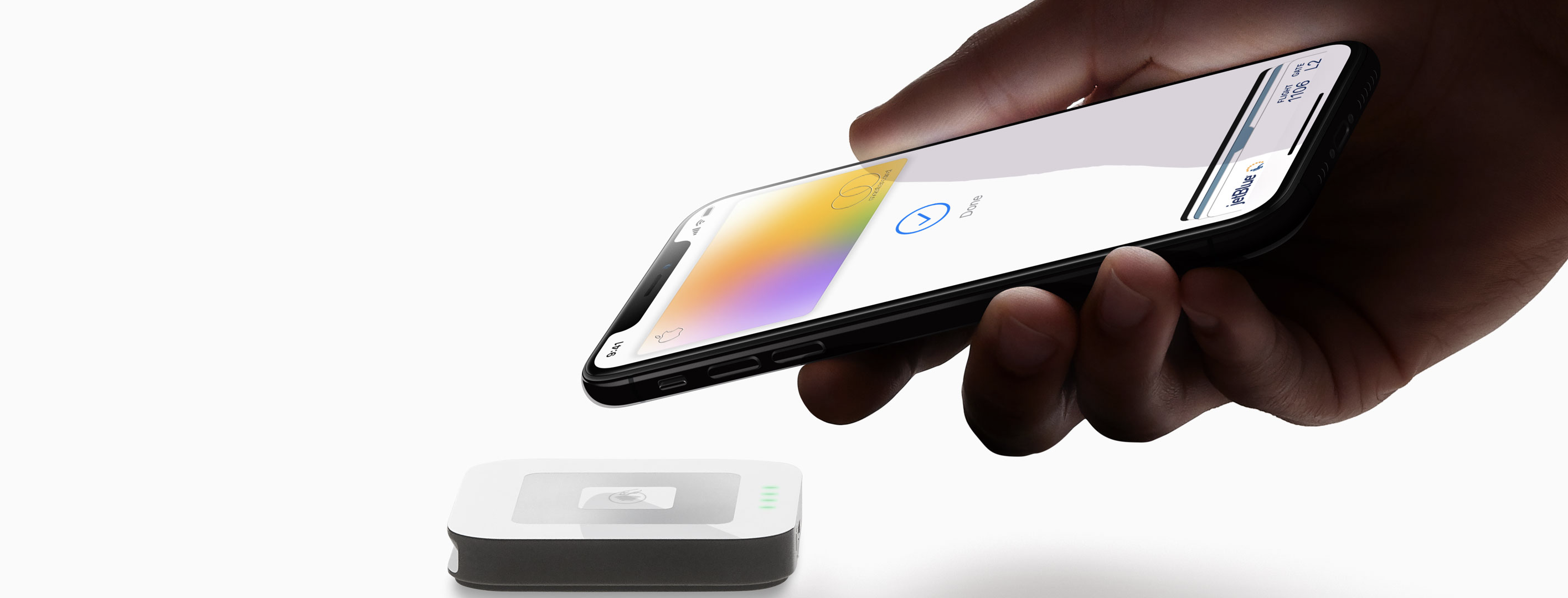Among Apple’s recent additions to their Services portfolio, Apple Card stands out as a significant departure from Apple’s core offerings. However, after two weeks of use and further reflection, the Apple Card seems like a natural extension of the ecosystem and, thanks to that ecosystem and the Apple brand, a product that only Apple can pull off. Ultimately, we expect revenue from Apple Card to climb to $1.4B in 2023 bringing total Payments revenue (with Apple Pay) to $5.4B in 2023.
For traditional product reviews, or to learn more about the basics of Apple Card, read here first.
Here’s how we think about it: Apple Card is a logical next step in the progress of digitizing the wallet. We believe this is an inevitable trend that will bring about increased security, transparency, convenience, efficiency, and innovation. The Apple Card brings consumer lending to a digital-first wallet. The card itself is not all that compelling. In fact, the card is more like a dongle that makes your digital wallet compatible with out of date point of sale systems.
Backing Up: Apple Wallet 101
Apple Wallet launched in 2012, initially capable of storing coupons, boarding passes, prepaid cards, and event tickets. This digitized the simplest things in your wallet because it basically involved scanning a bar code or QR code. In 2014 Apple Pay was added to Wallet. This enabled online and in-store payment through NFC. In 2017, peer-to-peer payment was added and Apple Pay Cash was introduced, allowing users to store and spend a balance of digital cash using Apple Pay. Now, with the introduction of Apple Card, users have access to an iPhone-native line of consumer credit and personal finance management services. Each one of these steps builds on and is more complex than the last.
Something Only Apple Can Do
In April, we published Apple’s Brand Promise Extends to the Wallet. In it, we wrote:
Apple’s brand promise is a secret weapon. The company’s brand has long stood for ease of use, quality, attention to detail, and simplicity. Their brand promise, in turn, has always been that ‘it just works.’ Increasingly, Apple’s message focuses on privacy and security. This shifts their brand promise from one based on ease of use to one based on trust.
That brand influence has moved beyond consumers and is increasingly influencing institutions, local governments, and healthcare providers to find new ways to work with the company. In addition to their tight hardware/software integration, Apple’s evolving brand will help the company build the most comprehensive digital wallet.
Over the last several years, Apple has increasingly focused on promoting the values of digital privacy and security. Most of the company’s messaging has focused on the security benefits of iOS over and against Android. But these same values resonate in the financial services space, and Apple is leveraging its brand equity (trust) to enter the space.
Central to Apple’s ability to offer the benefits of privacy and security is the company’s ownership of the tech stack, from hardware to software to services. The value of the strategy is obvious with Apple Card: complete ownership of secure payment devices with default financial software and services.
Further Leveraging Apple’s User Base
With a proprietary marketing channel (push notifications!) into a billion customers, it’s reasonable to assume that any one of Apple’s new services can drive significant incremental revenue. However, growing the ecosystem and making it sticky will still trump incremental revenue. After all, Apple is in the business of maintaining and satisfying an increasingly valuable base of recurring customers.
Apple can leverage this user base to make financial institutions work for them. Goldman Sachs is the issuing bank and Mastercard provides the payment network, but Apple owns the customer relationship, effectively white-labeling the behind-the-scenes credit card services. If Apple Card were to switch to Chase and Visa next year, cardholders wouldn’t care. Apple may end up with institutions competing to offer better terms in exchange for access to their customer base.
One other area of potential leverage is with third party services offering rewards to Apple Card users. Uber, for example, will offer 3% cashback (vs 2% with digital payments and 1% with card swipes). Apple is able to offer better terms to their users, making the Card more attractive, and Uber gives a big portion of their riders a reason to open their app over Lyft or other competitors. We expect this will happen with other services looking to use Apple’s customer base as a competitive advantage.
We think revenue from Apple Card will grow to $1.4B by 2023. This would add about 0.4% to Apple’s 2023 revenue and 1.8% to earnings. As a point of reference, we believe Apple Pay will generate $988M in revenue in CY19, growing to $4B by 2023. We estimate the Card would add 35% to Apple’s payments revenue in 2023, bringing total payments revenue to $5.4B
Device Financing
We believe there is an outside chance that Apple uses the direct credit relationship with their customers to offer device financing. Apple Card and the related services could make it ultra-simple to “subscribe” to any given Apple device, akin to the iPhone Upgrade Program, but fully controlled by Apple.
While hardware sales often behave like a subscription because many customers consistently replace iPhones with iPhones, the various financing models are a more popular way to pay for devices on an installment plan. If Apple is able to use their new relationship with consumer lenders and existing credit with Apple card users, they could finance devices directly and more profitably.
